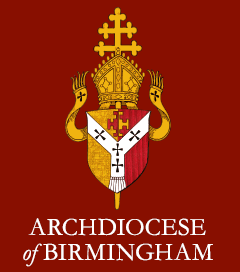Equality and Diversity
The Equality Act 2010 provides protection from discrimination.
Our school community is made up of a diverse group of people and we aim to celebrate and embrace individual differences. We believe each person is unique, loved by God, and made in His image and likeness. Each of us has a special vocation and unique gifts to bring to the world. We seek to develop these gifts and talents in each individual, staff and students alike. We see our first task as equipping students with an awareness of an increasingly diverse society and of presenting the world as it is and as we would like it to be. On such foundations, students will develop a balanced attitude to a pluralistic society.
STATEMENT OF PRINCIPLE
When making decisions and developing policies, the Pope Francis MAC must have due regard for the need to:
- Eliminate unlawful discrimination, harassment and victimisation and any other conduct prohibited by the Act
- Advance equality of opportunity between people who share a protected characteristic and those who do not share it
- Foster good relations across all characteristics
The protected characteristics to which the Act applies are as follows:
- Age
- Disability
- Gender reassignment
- Race (including colour, ethnic or national origins and nationality)
- Religion or belief
- Sex
- Sexual orientation
- Marriage and civil partnership
- Pregnancy and maternity
The duty to make reasonable adjustments which existed under the Disability Discrimination Act (DDA) is replicated in the Act. The duty is triggered where a disabled person is placed at a substantial disadvantage in comparison to other who are not disabled and requires schools to take such steps as is reasonable to avoid the disadvantage. There are three parts to the duty: changing the way things are done, making changes to physical features; and providing auxiliary aids. The Act extended the duty in relation to auxiliary aids so that since 1 September 2012, schools have been required to provide auxiliary aids and services to disabled pupils where these are not supplied through SEN statement of EHC Plans or from other sources. The protected characteristics of age and marriage and civil partnership apply to staff but not pupils. The Act extended protection to pupils in relation to the protected characteristics of pregnancy and maternity and gender reassignment





